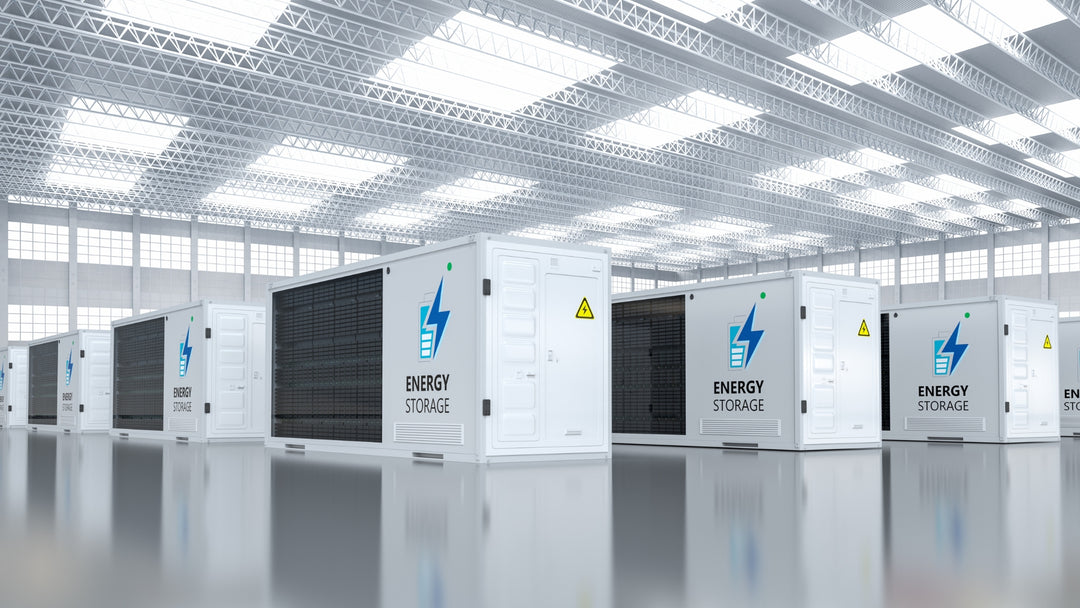The Role of Green Hydrogen in the Energy Transition

Green hydrogen, produced through water electrolysis using renewable energy, offers a compelling opportunity for investment in the energy transition. Unlike grey and blue hydrogen, which rely on natural gas and carbon capture, respectively, green hydrogen eliminates carbon emissions from the production process. Its potential extends beyond electricity, with opportunities to transform industries like manufacturing, transportation, and heating, which are large consumers of fossil fuels.
Heavy Industry's Green Catalyst
Heavy industries such as steelmaking, chemical production, and cement manufacturing are notorious for their high carbon footprints. Here, green hydrogen presents a viable pathway to reduce emissions drastically.
In steel manufacturing, green hydrogen can replace coking coal by directly reducing iron ore, producing water vapor instead of CO2. This method, known as hydrogen direct reduction, is gaining traction as a feasible pathway to make "green steel." The use of green hydrogen eliminates the primary source of CO2 emissions in steel production and paves the way for a circular economy by allowing the industry to leverage renewable energy resources more efficiently.
Green hydrogen is also a critical feedstock for producing ammonia and methanol in the chemical industry, which is essential in various applications, including fertilizers and plastics. Transitioning to green hydrogen in these processes can significantly reduce the reliance on natural gas, thereby decreasing carbon emissions and enhancing energy security.
Adopting green hydrogen in heavy industry can stimulate economic growth and innovation, leading to new technologies and infrastructure development. Investments in green hydrogen production, storage, and distribution can create jobs, reduce energy costs in the long term, and establish a more resilient energy system. As governments and businesses increasingly focus on sustainability, integrating green hydrogen in heavy industries offers a viable solution to reduce environmental impact while maintaining industrial competitiveness.
Transforming Transportation with Hydrogen Fuel Cells
Transportation is another sector that can benefit from green hydrogen. While electric vehicles have gained traction in light-duty segments, heavier forms of transportation—such as long-haul trucks, buses, and ships—pose significant challenges for battery-electric solutions, primarily due to range and refueling limitations.
Hydrogen fuel cells could emerge as a viable solution, offering comparable ranges to conventional diesel engines and refueling times similar to traditional fuel pumps. Deploying hydrogen fuel cell vehicles, particularly in commercial and public transport fleets, could significantly reduce the sector's carbon emissions.
Developing robust, efficient, affordable pipelines is essential for creating a seamless hydrogen supply chain. This infrastructure is vital for bridging the gap between production sites and end-users, ensuring hydrogen can be a widely used energy carrier.
Heating and Power: The Dual Role of Hydrogen
Hydrogen's versatility supports its dual role as a source for both heating and power. In regions with cold climates, where the demand for heating significantly contributes to energy consumption, hydrogen can be blended with natural gas or entirely replaced in gas networks, providing a cleaner alternative for residential and industrial heating.
Surplus renewable energy can be stored as hydrogen and later converted back to electricity, offering a solution to the intermittency challenge of solar and wind energy. This dual application underscores hydrogen's potential to act as a bridge across various energy needs, enhancing the flexibility and resilience of energy systems.
Navigating the Risks
Despite the potential, the journey towards widespread adoption of green hydrogen has challenges. High production costs, significant investments in electrolysis and fuel cell technologies, and the development of hydrogen transport and storage infrastructure are among the hurdles that must be overcome. We believe regulatory support and incentives will be vital to make green hydrogen competitive with fossil fuel alternatives.
The decline in renewable energy and electrolyzer costs, coupled with policies aimed at increasing CO2 emission costs, is expected to narrow the price gap between green hydrogen and its less sustainable counterparts. There are several innovative projects in Europe that rely on offshore wind plants for electrolyzer power hint at the potential for significant scale-ups in green hydrogen production.
Given hydrogen's highly flammable nature, innovation in safety measures is paramount. Clean technology solutions like advanced storage containers and sophisticated leak detection systems are pivotal in ensuring the safe handling and delivery of hydrogen.
Embracing a Hydrogen-Driven Future
The uses for green hydrogen extend well beyond electricity, offering a sustainable solution for decarbonizing sectors that have long been dependent on fossil fuels. While the challenges are substantial, the potential benefits of a hydrogen-based energy system are immense. From reducing emissions in hard-to-abate sectors to providing a buffer for renewable energy variability, hydrogen offers a versatile and scalable solution.




